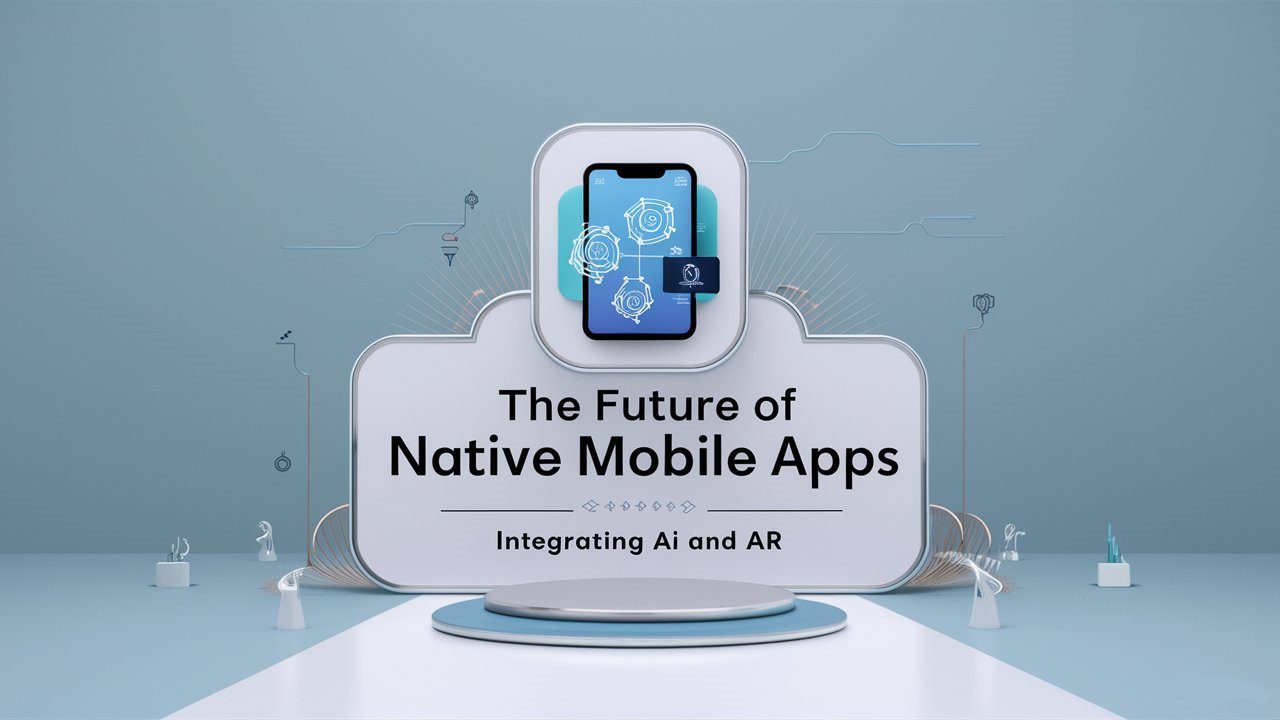The combination of using AI and AR in native mobile applications is expected to replace the traditional conventional ways of engaging users. These are the technologies that will shape how we experience the future in the sense that technology will continue to help in improving the user experience as well as introducing services that are quite personal. Here you will find a comprehensive outlook of how AI and AR will affect the Future of Native Mobile Apps. Explore more about our company on [our homepage],
Improving the UX Using AI
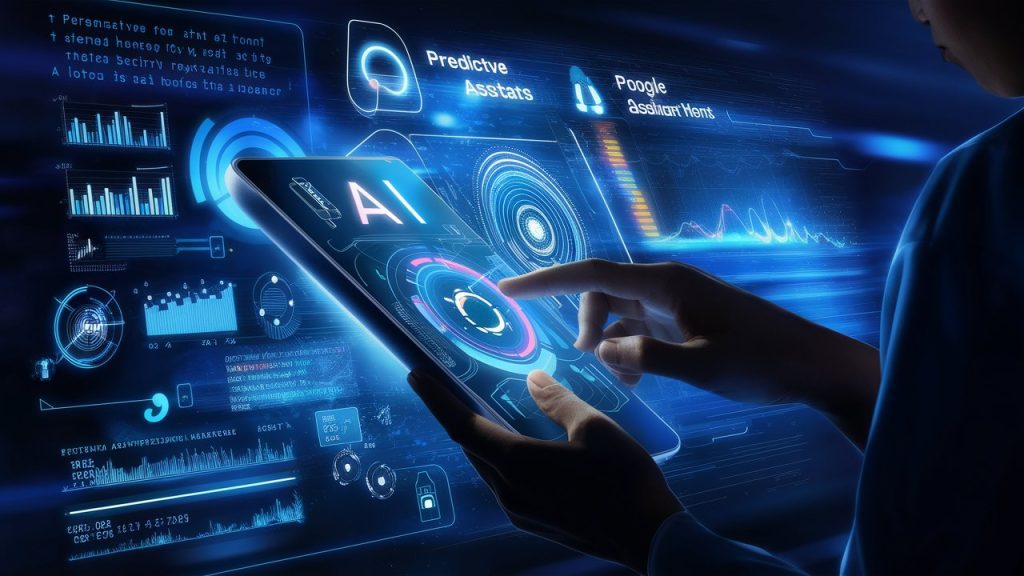
Personalization and User Insights
Machine learning makes it possible for the apps that run on mobiles to incorporate much more personalized features based on the customers’ use and even interaction. Machine learning can foresee what the user wants and provide information in relation to the same. For instance, it is used in recommendation systems where it recommends products, music playlists or even news feeds that the users may wish to see.
Key Applications:
- Predictive Text and Search: Some AI enabled app features could include a better dictation/predictive search where the user could quickly get what they are looking for.
- Personal Assistants: People now can ask smart assisted systems such as Siri and Google Assistant to perform tasks, look for information, and control smart home devices to make our lives easier.
- Dive deeper into our [blog posts] for in-depth insights and examples.
Improving App Performance
Resources will be properly allocated in an optimized way and thus enhance the general operation of the app. The usage of AI makes it possible for algorithms to track the usage of the apps and dynamically managing resources which help alleviate issues such as lag.
Key Applications:
- Battery Management: AI is beneficial for energy management because, through personal user mapping, it can minimize aggressive use of the battery and avoid identification of high-consumption procedures.
- App Optimization: Ongoing performance appraisal and management being based on current data analysis.
Live Experiences with AR
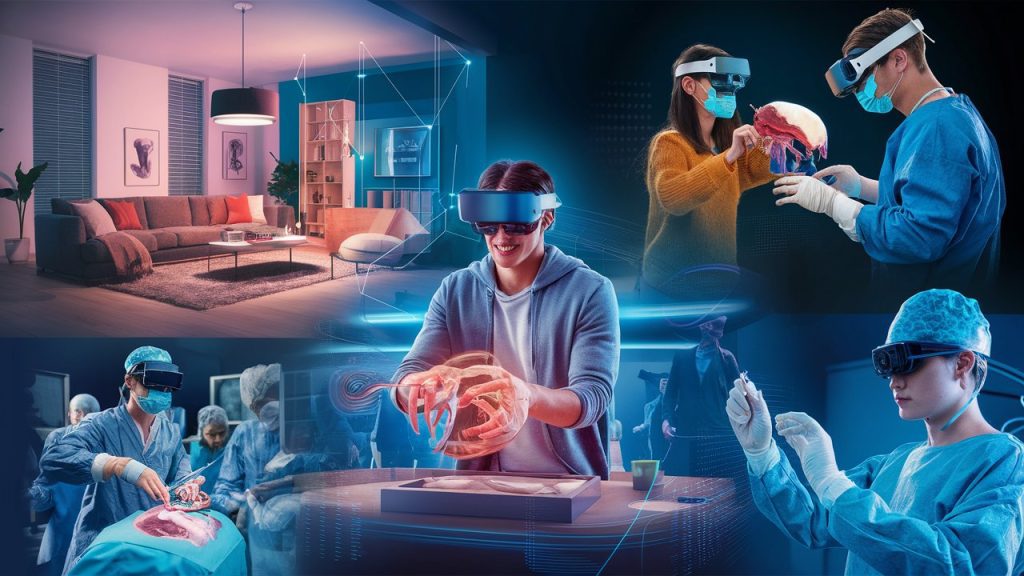
Introduction of Augmented Reality to Simple Applications
With the help of AR, the digital data is combined with the real environment, and thus an exciting interaction with the information is provided. AR is now not limited to gaming; it can be used almost in every field, starting from retail, education, and ending with healthcare.
Key Applications:
- Retail: AR gives users the opportunity for such operations: to ‘’wear’’ clothes without putting them on, to see how furniture looks like at home, and to examine products in 3D before the purchasing decision is made.
- Education: AR can enable practical learning which may include using virtual dissection in biology, and historical site learning.
- Healthcare: AR applications help in practice before surgeries via the blend of essential points on the raw view of the real world.
Social Media and Entertainment
AR is revolutionalizing social media apps and entertainment by providing the opportunity to create new types of media and engage with other users. As for now the use of AR filters can be observed in such applications as Snapchat and Instagram where it is applied to enrich the content of photos and videos in order to make the appearances more entertaining.
Key Applications:
- Interactive Filters: Smart filters and effects based on the AR for social networks.
- Gaming: AR has become renowned after the release of games like Pokémon Go that put users into an augmented reality environment which involves user-device interaction on the physical world interface.
Integration of AI and AR for Enhanced Functionality
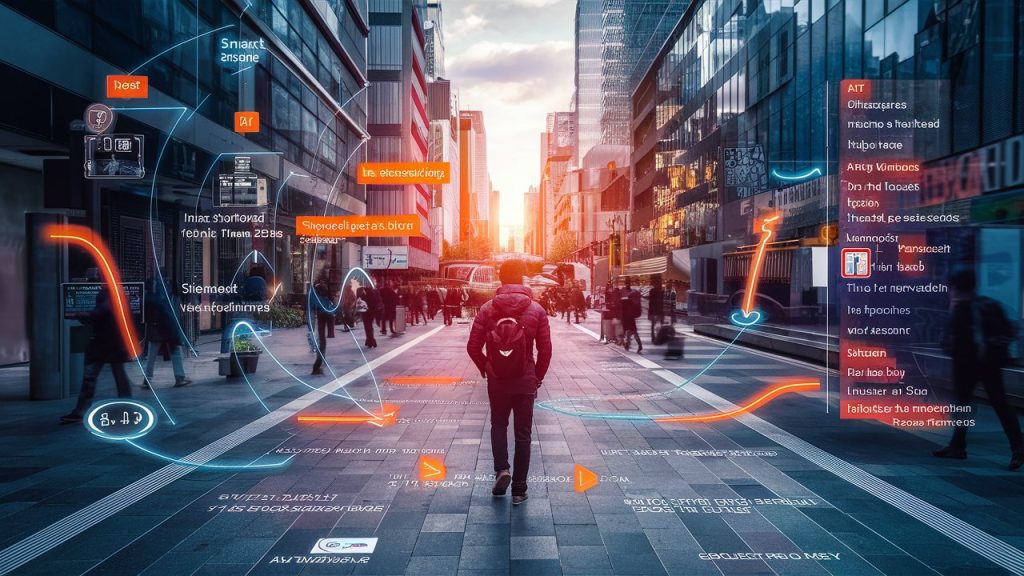
Enhanced User Interaction
When combined, AI and AR are more complementary to users more than when deployed individually. While engaging with real-time data AI can produce context and background information and AR can then present the same in a rich manner and interaction means.
Key Applications:
- Smart Navigation: AR with AI can help the users to navigate in real life and put directions on the main picture of the world.
- Contextual Information: By utilizing AI, objects can be recognized and related information is provided through AR like in translating signs in other languages or recognizing the historic places.
Virtual Try-Ons and Customization
Current retail apps that are using AI and AR are virtual fitting for clothes, makeup, and jewelries. AI takes the previous data and measurements and returns the most precise results as well as fitting the user’s preferences, AR illustrates what the bought items look like in reality.
Key Applications:
- Fashion and Beauty: Fashion to try online clothes, makeup products and accessories virtually.
- Home Decor: Using the home environment to depict furniture and decors before making an acquisition.
- Discover our full range of [services] to see how we can bring your app vision to life.
Future Trends and Challenges
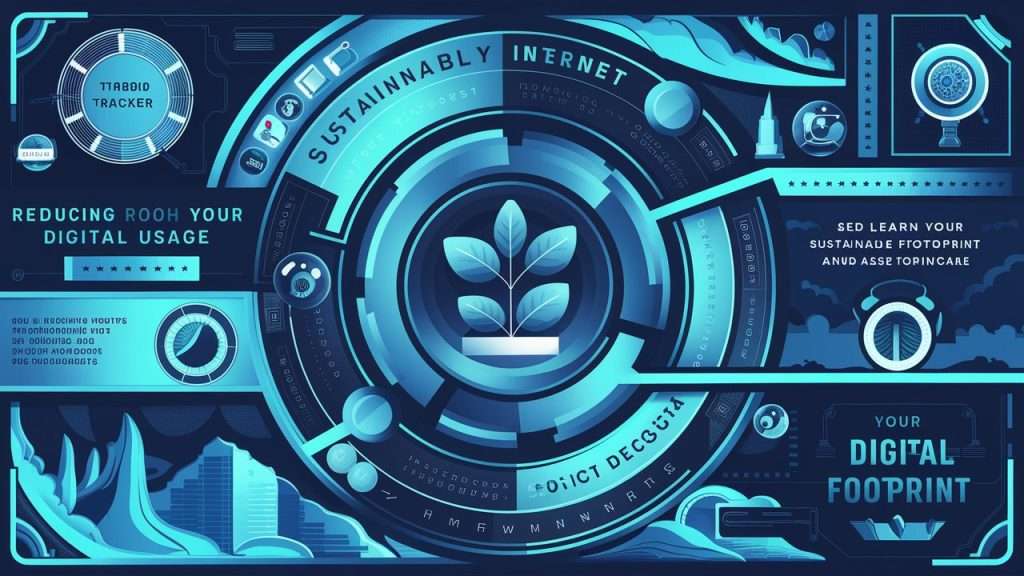
Increased Adoption and Integration
If one look into the future of Native Mobile Apps one will find that as these technologies progress, mobile apps will see increasing trends of AI and AR. Other industries will adopt these technologies in order to improve the overall efficiency of user satisfaction and business functioning.
Key Trends:
- Smarter Apps: Being able to learn from what the users are doing and what they like.
- Cross-Platform Integration: Coherent which means the continuity of the experience throughout the devices and the platforms to increase the value of user’s engagement.
Challenges
- Privacy and Security: Another substantial concern is the protection of the user’s data since many applications of AI and AR involve personal data.
- Technical Complexity: Both AI and AR functions are to establish and sustain that need more resources and technical know-how.
Conclusion
Organic uses of native mobile apps in the future, therefore, have AI and AR as their main ingredients. All these innovations will not only be helpful in improving the overall user experience but will also be applied in the solution of several real-life issues in the modern industries. When integrated, AI and AR hold potential that can enable developers to build better and smarter apps that respond to the users’ requirements.
Thus, it can be concluded that keeping up with such advances and implementing them will be vital for companies that wish to maintain sustainable competitiveness and market presence in the era of technological progress. [Contact us] today and let’s discuss your project in detail.

